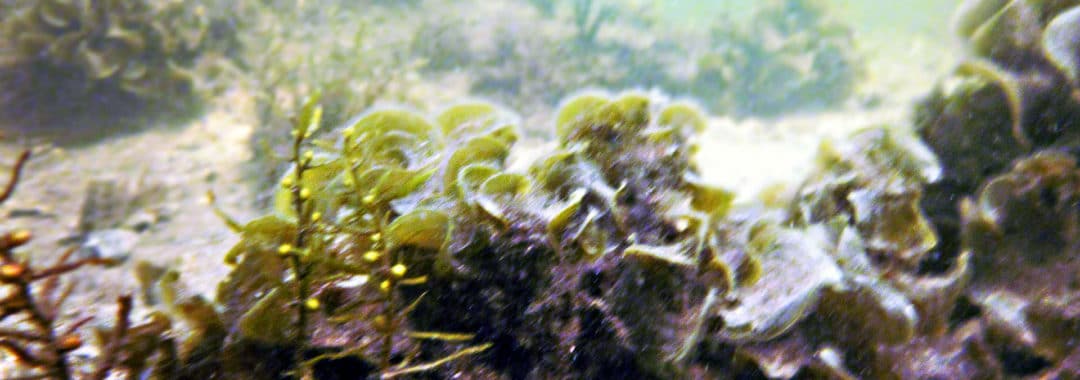FREQUENTLY ASKED QUESTIONS
FAQs with Jessica Cook Hale, Principal, Full Fathom Five Marine
Q: Why focus on pre-contact submerged landscapes instead of working with one of the other cultural resource management firms?
A: There are many fine archaeologists working at many fine consulting firms – I know because I’ve had the pleasure of working with them! I struck out on my own to focus on pre-contact submerged landscapes because I can offer the best services to clients when I focus intensively on what I do best, and this is the discipline where I excel.
Q: Why go to all the trouble of customized pre-contact background literature review?
A: Research efforts in the fields of geology, paleoclimatology, and archaeology are all quite active, and discoveries can be rapid-fire. This is particularly true for submerged landscape studies. Relative sea level curves for regions are routinely modified as new data are recovered, as are paleoclimate models and archaeological theory.
One case in point is the discourse concerning the initial entry into the Western Hemisphere by PaleoAmericans. In 2016, one paper demonstrated a robust date of 14,500 years ago in Florida; in 2019, a new study pushed this data back to around 16,000 years ago in the Pacific Northwest, and in 2021 a study was published that documented human footprints that were around 21,000 years old in White Sands, New Mexico. Another study recently revised paleoclimate models for the end of the Pleistocene epoch in North America, which is a critical period in pre-contact PaleoAmerican history.
These context assessments are critical components to predictive modeling for the probabilities for pre-contact submerged cultural resources, and out-of-date desktop research reduces these models’ precision and accuracy.
Furthermore, these discoveries echo many Indigenous Tribal Nations’ cultural histories, which can be a key component when working with Tribal Stakeholders during project development.
FOCUS
Q: What makes your methods different?
A: I am one of the few professionals in the field with post-graduate degrees in both geology and anthropological archaeology, and one of the few trained by an Indigenous archaeologist. Furthermore, my work in advancing research methods for pre-contact submerged sites has focused on refining cost-effective techniques rooted in robust geological and archaeological science principles.
Finally, one of the reasons I founded FFF was to give myself space to continue this research; I have active projects in Florida and consult on an active National Science Foundation project in the Georgia Bight with my graduate school supervisor, Professor Ervan G. Garrison.
Working with FFF will inevitably inform your project with the latest advances in submerged landscape geoarchaeology.
Q: Can I see your CV?
A: Sure. My academic CV is here.
Connect with me on LinkedIn
